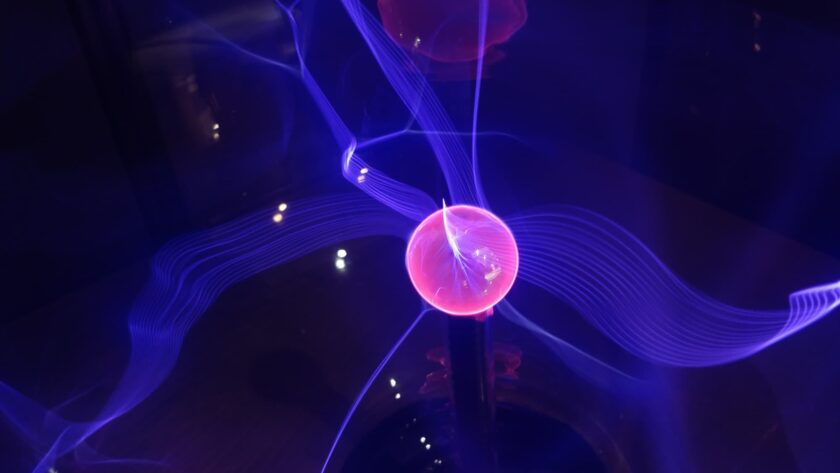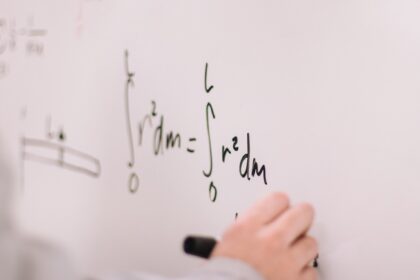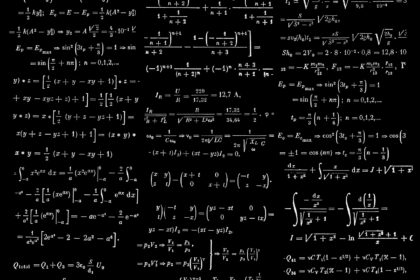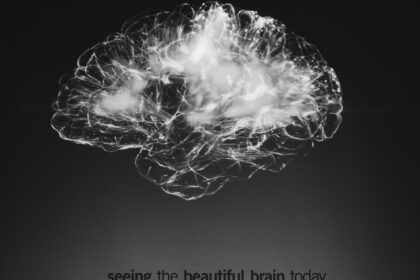Scientists at Skoltech and the University of Kentucky conducted a study in which they made a new connection between quantum information and quantum field theory. This work is further confirmation of the growing role of quantum information in various fields of physics. The results of the study are presented in an article published in the journal Physical Review Letters.
Quantum information plays an increasingly important role as an organizing principle linking different fields of physics. For example, one part of today’s understanding of quantum gravity is the theory of quantum error correction, which describes ways to protect and restore information in quantum computers and other complex interacting systems.
“Normally, information stored in physical systems is localized. For example, a computer file occupies a certain small area of a hard drive. Any unforeseen or unwanted interaction that results in information being written to a larger area of the disk, we call an “error.” In ours, this would be fragments of a computer file that would be scattered over different parts of the hard drive. In order to put these fragments together and restore the original information, special mathematical protocols are used – the so-called error correction codes, which are widely used in data storage and transfer systems. In cases where the quantum nature of the physical system is important, quantum error correction codes perform a similar function of information recovery,” says Anatoly Dymarsky, associate professor at Skolkovo Institute of Science and Technology.
Scientists have recently found that quantum gravity, which describes the dynamics of quantum space and time, uses similar mathematical protocols to exchange information between different parts of space.
“Locality of information in quantum gravity is still one of few unsolved fundamental problems of theoretical physics. That’s why there is great interest in the appearance of well-studied mathematical structures, such as quantum error correction codes,” notes Anatoly Dymarsky.
So far, scientists have only been able to get a schematic view of the role of codes, but to understand in detail what mechanism underlies the locality of information has not yet succeeded.
In their new paper, Anatoly Dymarsky and his colleague Alfred Shapir of the Department of Physics and Astronomy, University of Kentucky, first established a connection between quantum error correction codes and two-dimensional conformal field theories. The latter describe interactions between quantum particles and are already used as a generally accepted tool for the theoretical description of a range of phenomena, from fundamental elementary particles to the quasi-particles present in materials such as graphene. Some of these conformal field theories also describe quantum gravity within a holographic correspondence framework.
“Now we have a new “polygon”, a new field to investigate the role of quantum error correction codes within quantum field theory and consequently quantum gravity. We hope that this is the first step toward understanding what mechanism underlies the locality of information and what is behind all this beautiful mathematics,” Dymarsky concludes.





